Mirror Mirror presents a “post real” campaign for the urban landscape
The sixth edition of the Integrated conference, subtitled ‘Between Creativity and Criminality: The Art and Design of the Civil Domain’, focused on the ambiguous space between market and state” says the Antwerp-based design studio,Mirror Mirror, on their visual identity which breaks barriers.
“In this civil domain, innovative design ideas, both physical and virtual, are often incubated in a grey zone between legality and illegality. Upon brief, we were confronted with these interesting paradoxes: does this public space still offer an inviting canvas for communication, and is this space still primarily physical? Posters have become wallpaper in the urban landscape while people walk by, staring at their phones. With no real budget for distribution, we came up with a meta-concept of a 'post real’ poster campaign.
Using a unique alphabet of posters, we wrote short provoking platitudes, sloganesque statements and topical juxtapositions and plastered them all over the digital canvas. The faux in-situ visuals were spread on social media, blogs and PR communication and before we knew it the studio was hit up with questions like: ‘Where can we find the posters?’ and ‘What do you mean they’re not real?’

In essence, the poster (and its message) was distributed before it was printed. Other communication deliverables included a brochure, programme booklet, stage design, motion video for speaker announcements, tickets, bracelets and merchandise. And yes, there were also actual printed posters available at the conference as a ‘I’ve been there and got the poster’ desirable” adds MM on the event which took place in November with a worth-noting Manifesto.
“During Integrated 2015, cultural philosopher Lieven De Cauter told the public to go and take a hike with his closing act entitled ‘Fuck Format’, a clenched quote for which he didn’t even require 140 characters. De Cauter was referring not only to the tyranny of the concept an sich, but also to how our way of thinking is being indoctrinated by predefined and fossilized paradigms and world views. Like the TINA slogan: ‘There is no alternative.’ In other words: vote, shut up and endure” writes Pascal Gielen, professor of sociology of art and politics at the Antwerp Research Institute for the Arts, & Hugo Puttaert.
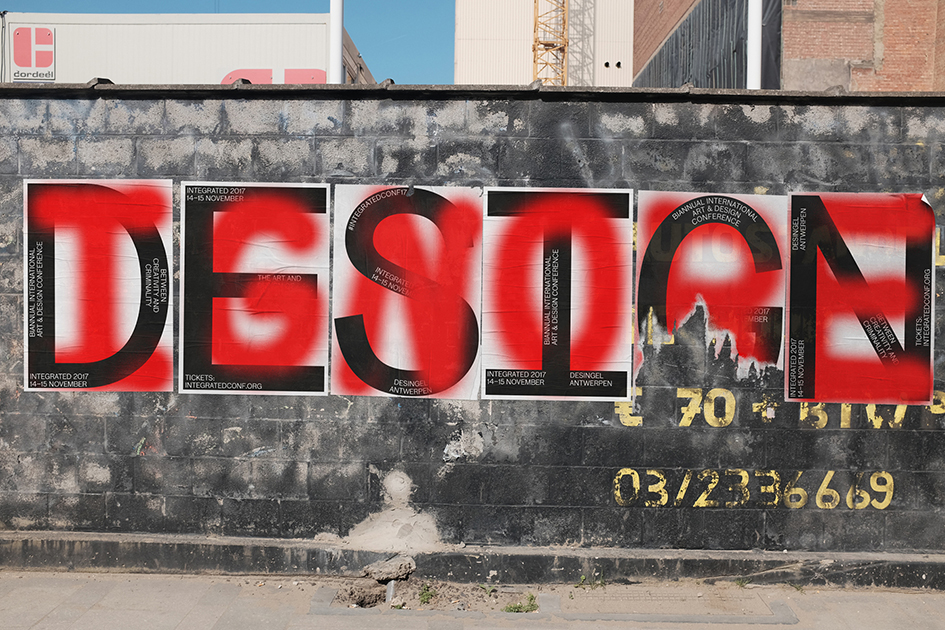
“Nevertheless, despite what populists would like us to believe, there are alternative and possibly even more radical ‘groundswells of opinion’ noticeable, not seldom artistically inspired. Citizen initiatives, for instance, occupy an increasingly significant place in society. These are movements that emerge because an authority has (still) not developed a policy for them or because a market has (still) not seen the point of them and is therefore waiting. This civil terrain, also called the ‘commons’, occupies as it were a third space between market and state, and it does so under various guises (mental, physical and virtual), and that’s why it also often finds itself in a grey zone between legality and illegality. Because whoever launches a citizen initiative or claims civil rights doesn’t yet know whether they will be agreed to or not. Will an authority accept and regulate them, or will it work against these initiatives, sabotage them or even criminalize them? To be clear: civil actions are not simply criminal, but they precede the distinction between legality and illegality. That’s why it also always involves risky behaviour. The civilian who sticks his neck out, demands something new or sets up an organization puts himself on the line and runs the risk of never being recognized and even of never achieving his social position or losing it for good. It thus requires courage, and the social media also play a crucial role in this everyday struggle, for better or worse. Because online sharing is often synonymous with online lynching.
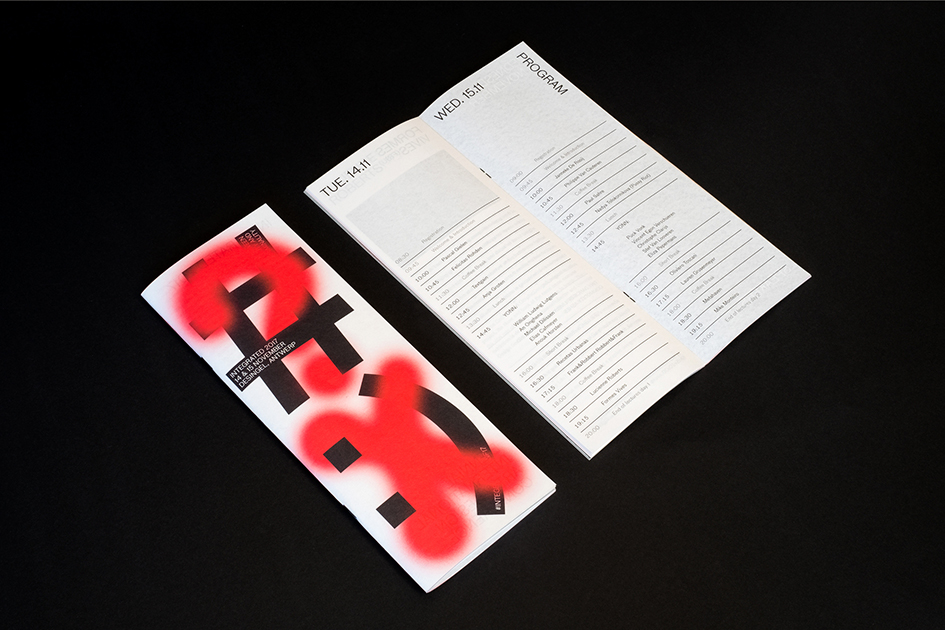
Integrated 2017 wishes to explore and shed light on the dynamics of this border area. Because citizen initiatives (whether indi-vidual or collective) not only make abundant use of design and artistic strategies as well as technology to boost their ideas, but they are also often initiated by designers, artists and architects. In Spain, for instance, the architects of Recetas Urbanas ‘illegally’ built a school on forbidden land, but where the population ‘legally’ needs it. In Croatia, DJs, theatre-makers and visual artists have taken the initiative to challenge the construction of a shopping centre and to block the privatization of motorways. In Belgium, Hart Boven Hard rests in part on the cultural sector, and ethical hackers can make hidden facts public on a global scale.
But the activism doesn’t have to take place on a political level exclusively. New tools and services are being developed, and from a commercial perspective too people are increasingly seeking the limits of the civil domain. Were Oliviero Toscani’s controversial photos for Benetton in the mid 1980s a sign of social engagement or merely an extremely clever advertising stunt? And what to think of the so-called ambient screens that, in cities around the world, are shaping a transnational public space? Is this merely visual ‘pollution’ of the public domain, or are they generating evocative settings for civil actions? The discussions generated by both ambient screens and Toscani make it clear in any case that they too are steering a course in a highly ambivalent area be-tween the public and private spheres, between commitment and commerce.

But there is also a darker side. As we have recently seen, some movements or actions are simply being hijacked for undemo-cratic political purposes. We all know now that fake news is disseminated among others via fake sites, a powerful instrument in the hands of ruthless, lying propagandists to influence public opinion, to indoctrinate people.
Nevertheless, this involvement of citizens is a source of hope. It also offers another dimension to the concept of ‘undertaking’. Because that is also ‘activating’ and moreover this type of undertaking is not being done here by traditional entrepreneurs, but by a range of actors, also and especially in the social and cultural fields. Services, products and tools no longer simply emerge be-cause they should support a growing economy, but also because they want to break open and reuse an occupied environment. Brussels-based Rotor Deconstruction, for instance, recuperates material from abandoned modern constructions, then reuses it in new constructions and further researches how new solutions can emerge from old ones. Graphic designers are also at work making complex cities and information systems more understandable, more navigable. Well-conceived information design also erects a dam against a soured society.

It is precisely this border area that interests Integrated 2017. What aesthetic does it generate and what positions do designers, artists and architects occupy in this? What is their language –not rarely devoid of humour– and what design and artistic strate-gies do they use? How does this civil domain get designed and shaped? We call this border area the terrain between creativity and criminality, because it often involves creative and highly innovative initiatives that don’t yet have a legal status. But it is also about a new aesthetics which –whether minimal or eclectic– falls into the undecided area between art and kitsch, artistic and political engagement, social and commercial design.
Explore more here.
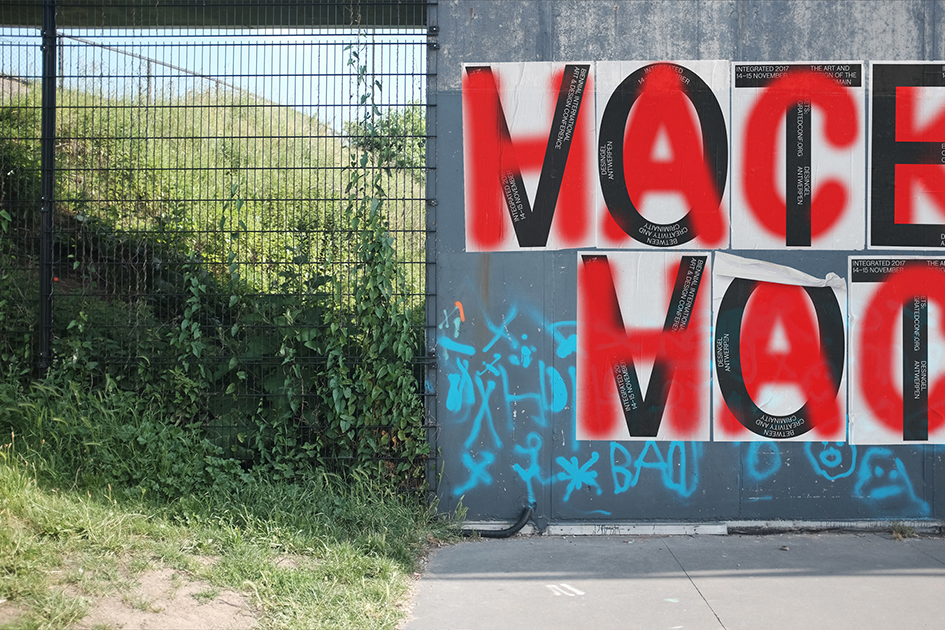
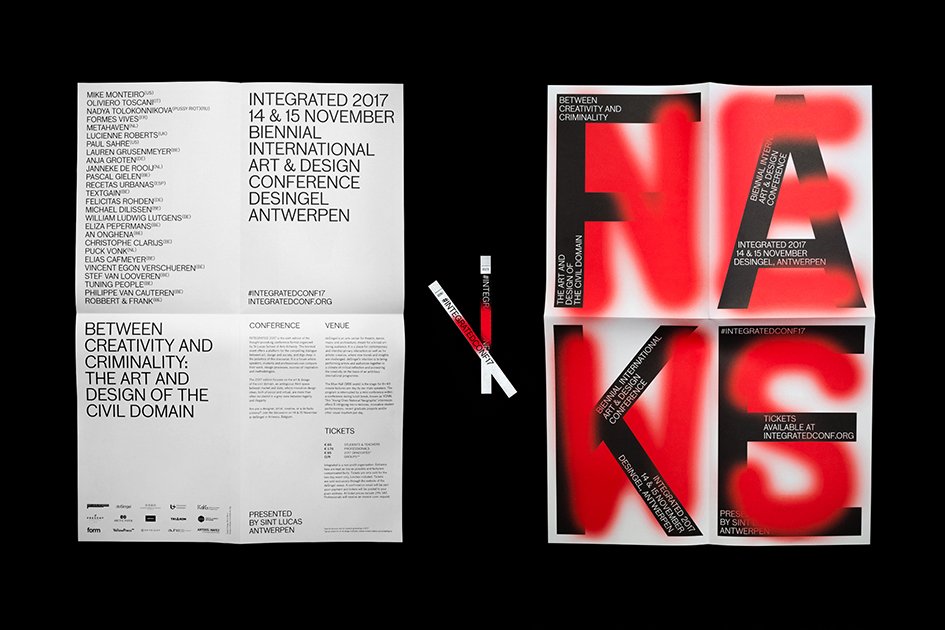
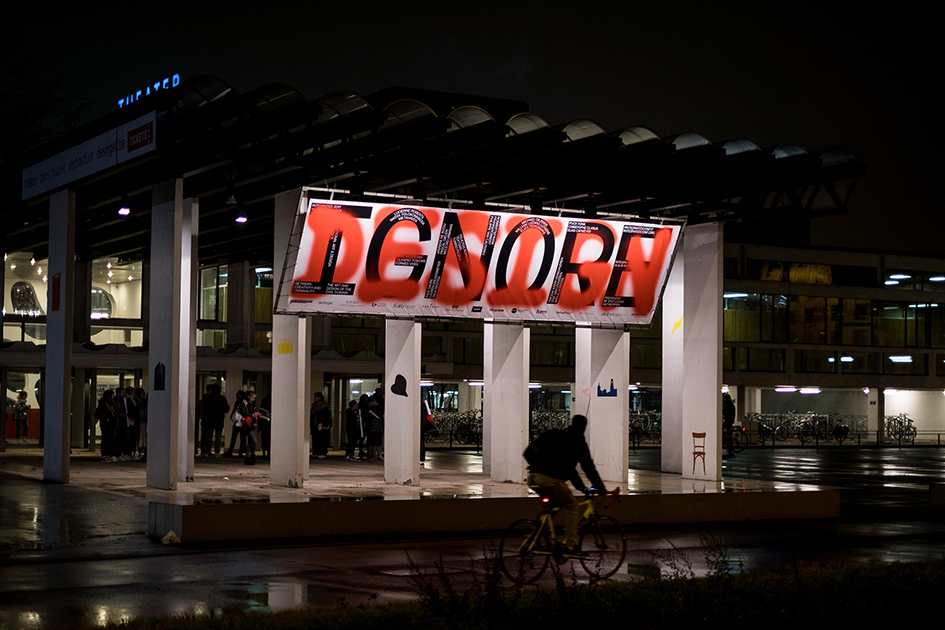
Tags/ inspiration, graphic design, visual identity, mirror mirror, event branding, integrated 2017, civil domain
























